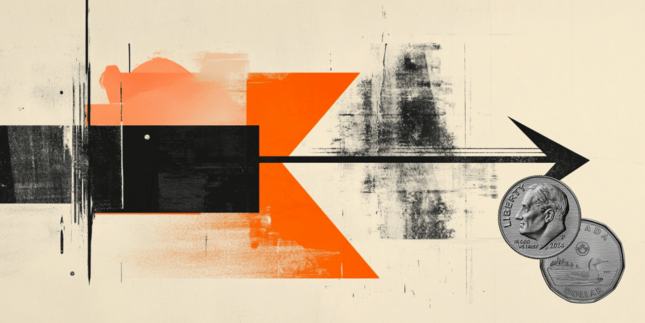**Public Service Loan Forgiveness Eligibility Narrowing Under New Department of Education Rule**
On October 30, President Donald Trump’s Department of Education announced a final rule that narrows eligibility for the Public Service Loan Forgiveness (PSLF) program. This program forgives student debt for government and nonprofit workers after 10 years of qualifying payments.
The rule fulfills an executive order Trump signed in March that redefines what “public service” means. It ensures that employers participating in activities that do not align with the administration’s political views will be barred from qualifying for PSLF.
> “The Public Service Loan Forgiveness program was meant to support Americans who dedicate their careers to public service not to subsidize organizations that violate the law, whether by harboring illegal immigrants or performing prohibited medical procedures that attempt to transition children away from their biological sex,” said Undersecretary of Education Nicholas Kent in a statement.
### Legal Challenges Expected
Advocacy groups have announced plans to sue the administration over these changes. Groups including Democracy Forward and Protect Borrowers called the move “a direct and unlawful attack on nurses, teachers, first responders, and public service workers across the country.” They added, “That’s why we will soon see the Trump-Vance administration in court.”
### When Will the Changes Take Effect?
The Department of Education stated that the changes to the PSLF program will go into effect on **July 1, 2026**.
—
### What’s Changing for PSLF?
#### Narrowing Eligibility
The department’s final rule changes the definition of a “qualifying employer.” Previously, any government or nonprofit entity qualified. Now, employers with a “substantial illegal purpose” will be excluded. This includes organizations involved in:
– Supporting terrorism
– Helping transgender people transition
– Working with undocumented immigrants
– Engaging in a “pattern” of violating state laws
The department’s fact sheet explains, “When an organization has a pattern or practice of engaging in certain illegal conduct, they have a substantial illegal purpose because a significant amount of their activities are supporting illegal activity.”
The fact sheet also clarifies that employers who follow the law and those with only “minor compliance issues” will not be impacted.
—
### How Will ‘Illegal Activity’ Be Determined?
The education secretary will review evidence of illegal activity to decide if it is substantial enough to disqualify an employer from PSLF. Employers will receive:
– Notice of the allegations
– An opportunity to review and rebut the findings
Borrowers employed by that organization will also be notified that their employer may no longer qualify for PSLF.
Additionally, the PSLF Help Tool, which assists borrowers in identifying qualifying employers, will be updated to reflect any pending eligibility determinations.
—
### What Happens If an Employer Is Deemed Ineligible?
If an employer is disqualified from PSLF, they may:
– Reapply to be a qualifying employer after 10 years
– Enter a “corrective action plan” to maintain PSLF eligibility before being disqualified
Borrowers, however, cannot appeal their employer’s qualifying status themselves.
Once an employer loses PSLF eligibility, any payments borrowers make to that employer **after July 1, 2026** will no longer count toward PSLF progress. However, any qualifying payments made before that date will remain valid and unaffected.
—
**In summary, these new rules significantly tighten the definition of qualifying employers for the PSLF program, limiting eligibility primarily based on an employer’s legal activities and alignment with defined public service standards. Borrowers and employers alike should review these changes carefully as the July 2026 implementation date approaches.**
https://www.businessinsider.com/what-are-the-pslf-loan-forgiveness-changes-trump-debt-relief-2025-11

